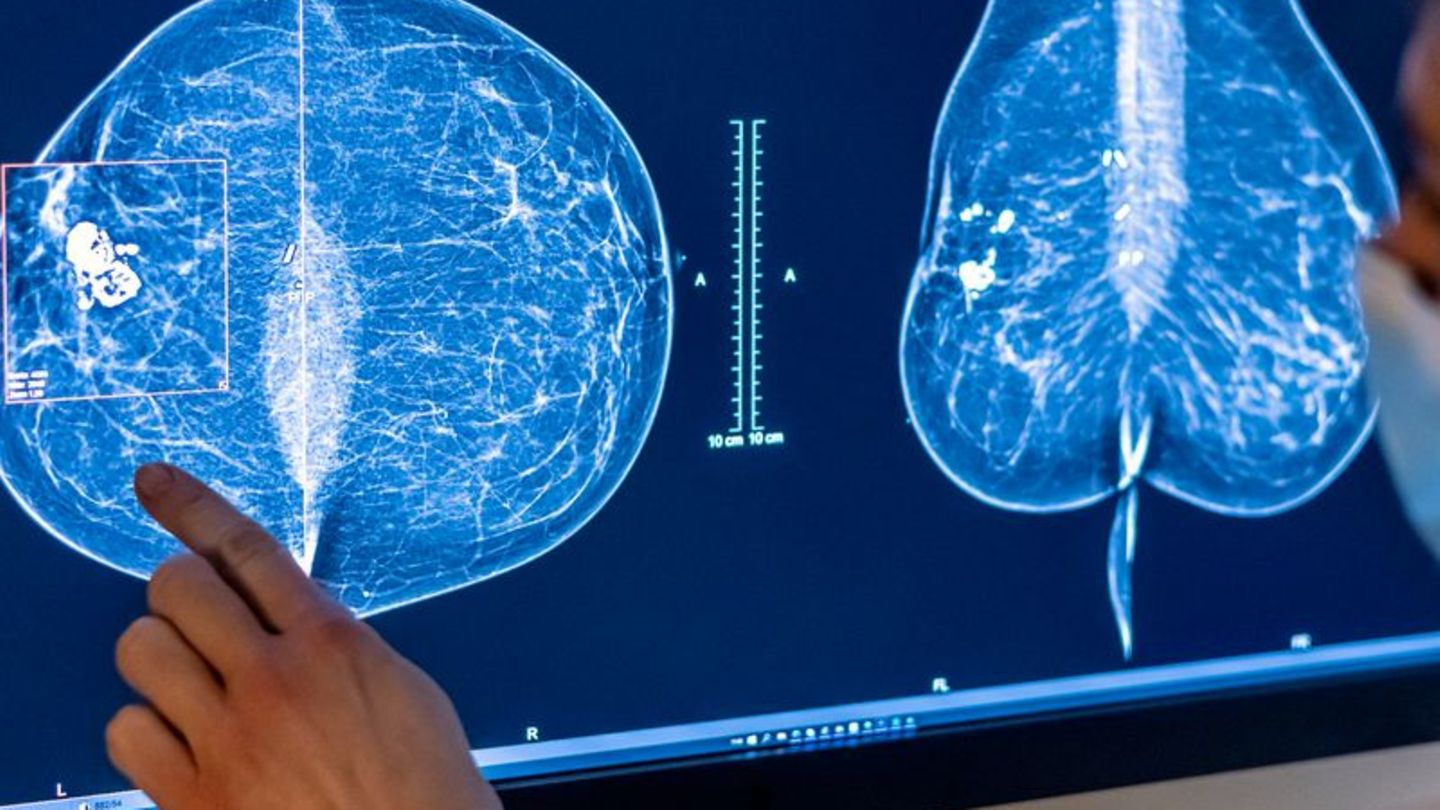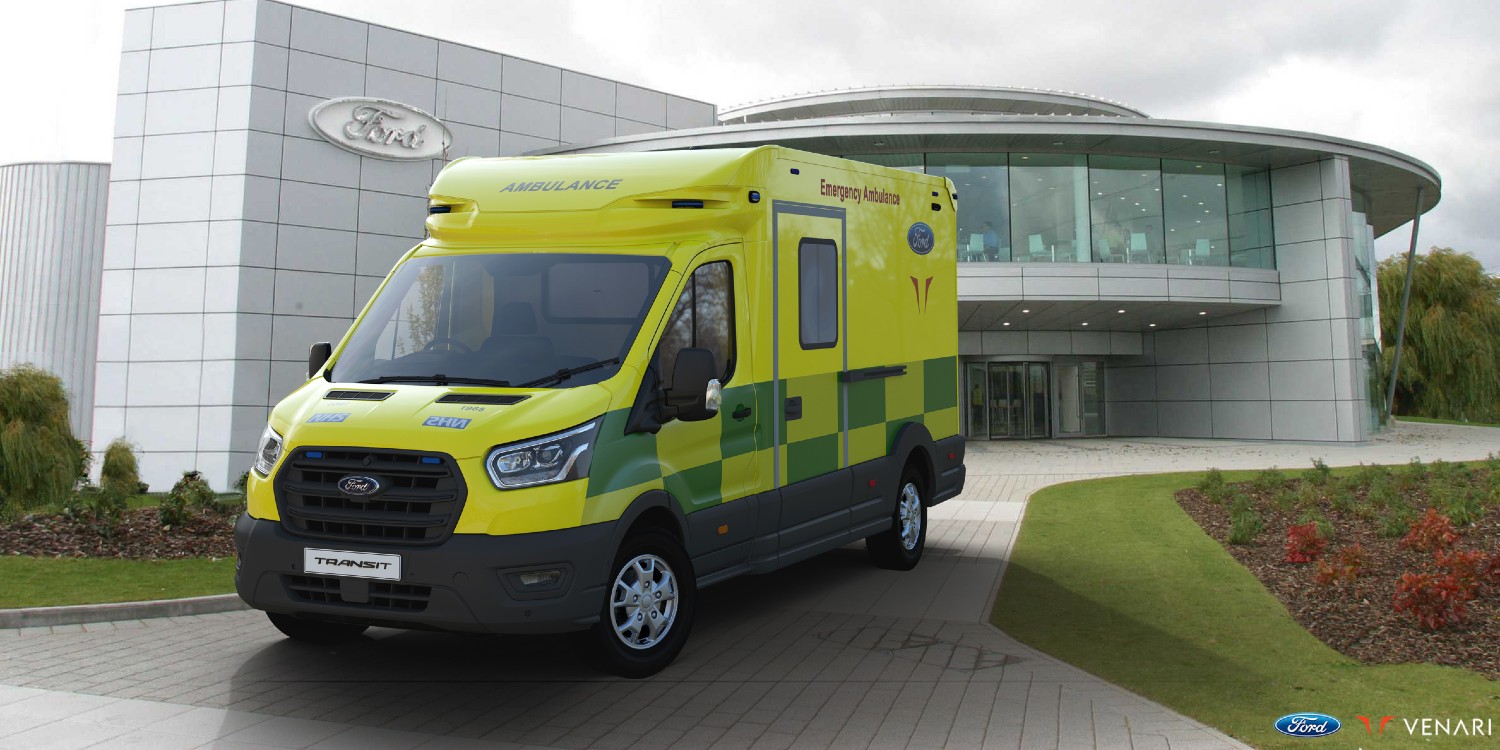The UK’s National Health Service (NHS) is planning to buy a fleet of all-electric ambulances. For this purpose, the NHS has entered into a collaboration with Ford and the Venari Group to develop a similar vehicle based on Ford Transit.
According to a report in the Daily Mail, the electronic rescue vehicle will be presented at the Emergency Services Show in Birmingham next month. Accordingly, the ambulance should be designed for a crew of two people and offer a range of up to 250 miles or about 400 kilometers. Production is scheduled to start in 2022.
However, it is not clear if the drive will be the motor from the electronic transmission that Ford introduced in November 2020 – or an internal NHS development. For Europe, Ford talked about a WLTP range of up to 350 kilometers last year.
According to the report, criticism that the infrastructure in Great Britain is inadequate for the use of electric vehicles in the rescue service are “unfounded”. “The vehicle will be able to travel more than enough miles on a single charge to meet the needs of a typical shift,” North said. “We think it will be most commonly used in the urban environment, where it can only travel 70 miles a day with a lot of stops and starts in traffic and at intersections.”
Ford and private vehicle supplier Vinari announced a strategic collaboration at the beginning of July 2021. The ambulance, jointly developed on the basis of Ford Transit, will be assembled at Ford in Dagenham from 2022. An existing site where no vehicles have yet been manufactured will be used – 100 jobs will be created in the course of it.
Ford and Venari only alluded to the fact that the ambulance collaboration also includes electric vehicles – the letter emphasized lightweight construction solutions, the ease of use of paramedics in treating patients and advanced connectivity for vehicles. Only at the end of the message is it stated: “The lightweight chassis has also been developed to offer a futuristic solution for ambulance operators who wish to switch to zero-emission fleets.”
As you know, the British government has decided to only allow zero-emission cars and trucks from 2030. The NHS, which is responsible for four per cent of the UK’s greenhouse gas emissions (not just from its fleet) according to the Daily Mail, aims to reach a net target Zero by 2040. Only in July the NHS ordered another 500 Nissan Leaf (after 350 the year before), and in 2020, another 700 Jaguar I-Pace was also ordered.
dailymail.co.ukAnd ford.com (Contact about Finari collaboration from July)

“Award-winning music trailblazer. Gamer. Lifelong alcohol enthusiast. Thinker. Passionate analyst.”







More Stories
Wimbledon 2025 goal – Boris Becker is no longer insolvent – Culture and Entertainment
Former tennis star: Wimbledon 2025 goal – Boris Becker is no longer insolvent – Entertainment
Former tennis star: Wimbledon 2025 goal – Boris Becker is no longer insolvent – Entertainment